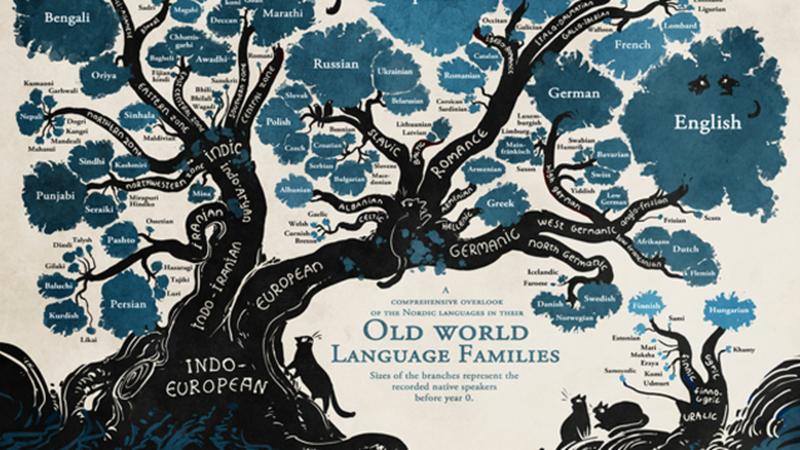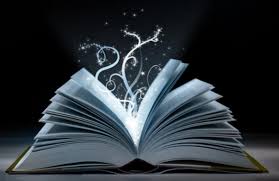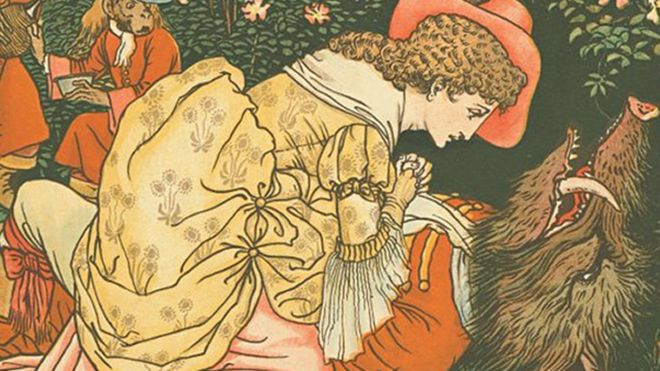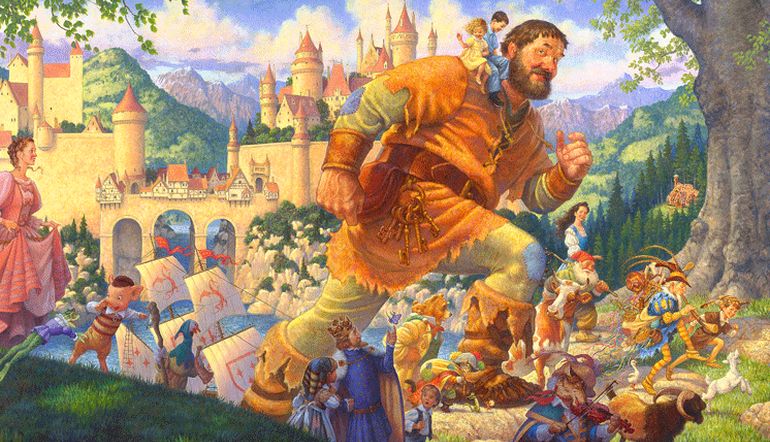
The Brothers Grimm are often credited with writing some of the earliest and most beloved fairy tales, but the truth is that Jacob and Wilhelm Grimm were cultural researchers and lexicographers who simply compiled the stories and folklore into a single collection in the 19th century. They were among the first scholars to understand the cultural value of folktales and preserve them for analysis. They laid the groundwork for the study of early fairy tales as a means of understanding cultures that lived thousands of years ago. Let’s see how far researchers have traced the history of fairy tales.

Collecting and analyzing
While the work of the Brothers Grimm was a great start for those interested in collecting and compiling the first fairy tales, it was far from complete. Historians still strive to collect, preserve and categorize old stories from various European cultures. The Aarne-Thompson-Uther Index, a repository of over 2,000 different fairy tales from various cultures across Europe, formed the basis of the study of the development of modern languages.

The Indo-European language tree
Linguists have a good command of the Indo-European language tree. They can identify when languages evolved from common ancestors or were influenced by the languages of invaders or immigrants with a consistent degree of accuracy. Armed with the Indo-European language tree, scholars began to take a critical look at the fairy tale collection.

Eliminating the Fairy Tales
As early fairy tales were shared orally, they are closely linked to language development movements. To begin their study, the researchers first selected stories from a category with a consistent theme: magic. Included in this collection were some of the most enduring fairy tales we all know and love, such as “Beauty and the Beast” and “Hansel and Gretel”.

There are no written records
There are no written records of the origins of some ancient fairy tales due to the nature of oral storytelling, but researchers have estimated their approximate age based on their subjects. Using language clues found in the oldest known versions of the stories, the researchers looked for similarities, which can be used to plot points on the Indo-European language tree. It’s a similar approach that biologists and evolutionists take to tracing an animal’s ancestral ancestors—they follow the branches of its family tree back to divergent points.

Seeking the “Last Common Connection”
If a fairy tale appears in two or more languages, for example, researchers can trace it along the branches of the Indo-European language tree to find the last common connection. This would be the point at which one language branched off from another.

Fairy tales are older than we thought
One of the most surprising findings from this study is that fairy tales are much older than scholars originally thought. After tracing the stories on the Indo-European language tree, the researchers were shocked to discover that many of the tales are at least 6,000 years old. In fact, many of the stories that are still very familiar to us have been told for thousands of years. Why are these stories so universally popular?

A good fairy tale is reliable and teaches a lesson.
After making this discovery, researchers began to question why some fairy tales have such longevity. From their study of fairy tales with elements of magic, they developed the theory that the stories that have stood the test of time are those that keep magic to a minimum, using it only when necessary to set up the story. These stories also tend to involve situations that create a sense of cognitive dissonance – that is, discomfort caused by questioning values and beliefs – among audience members. More than anything, however, the longevity of fairy tales can often be explained by a very simple truth: the enduring relevance of themes like family, love, honesty and loyalty. You can tell they are… tales as old as